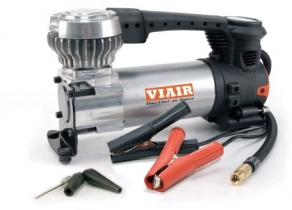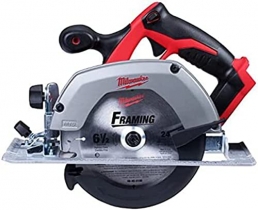-
Welcome to Tacoma World!
You are currently viewing as a guest! To get full-access, you need to register for a FREE account.
As a registered member, you’ll be able to:- Participate in all Tacoma discussion topics
- Communicate privately with other Tacoma owners from around the world
- Post your own photos in our Members Gallery
- Access all special features of the site
Power Inverter purchase
Discussion in '2nd Gen. Tacomas (2005-2015)' started by TAC1, Nov 29, 2012.


 Putting T badge back on grillcraft
Putting T badge back on grillcraft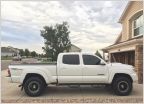 N-Fab Nerf Steps
N-Fab Nerf Steps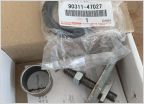 Need help with a front axle seal part #
Need help with a front axle seal part # Blinker Bulb Burnout
Blinker Bulb Burnout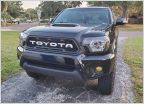 2012-2015 Replacement grill
2012-2015 Replacement grill

